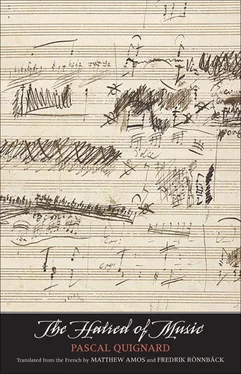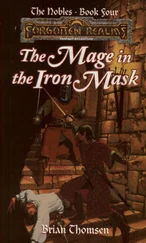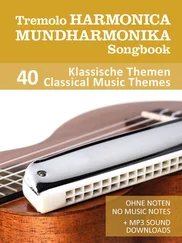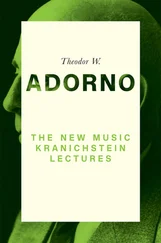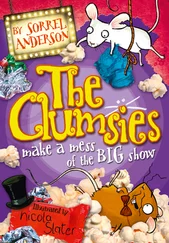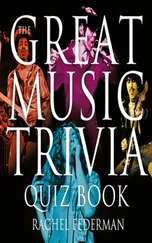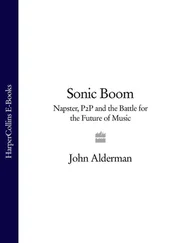The tyrant rose from his golden throne and looked at the musician with a smile. He muttered that he had already repaid him. Then he turned his gaze away from the two eyes of the citharede. Dionysius stopped on the flooring. He added without turning around:
“For as much happiness as you gave me with your songs, I gave you in expectations.”

Vico says that man was an animal pulled from his stupor by lightning. The first visual sign is the flash. The first acoustic sign is the thunder. Such is, according to Vico, the origin of language. Fire of lightning and rumbling are the first theologia . Forests hiding signs and concealing acoustic sources, the word for a clearing in Rome is lucus: eye. The word for cave is: ear. The Scienza Nuova evokes human cities becoming forests again: the eyelids of the lucus close.

When night falls there is a moment of silence. This moment occurs after the birds have fallen silent, and it continues until the frogs begin to emit their song. Tree frogs prefer midnight, much like cocks and most birds prefer to build their acoustic territory in the rising light.
Although the light does not “rise”: light “raises” the visible on earth and envelops it in the sky.

The moment of greatest acoustic decrease is not nocturnal, but twilit. This is the auditory minimum.
Pan is the strange roar of the noon silence. The god of pipes falls silent in the middle of the day, which is to say at the optical maximum.
Such are the facts of this world.
Twilight is the “acoustic zero point” in the order of nature. In fact, it is hardly a zero point, it is not silence, but nature’s acoustic minimum. Humanity never ceases to obey. In ontology, the minimum of sound is defined by the boundary between chirping and croaking. This is the hour of silence. In no way does silence mean lack of sound: it means a state in which the ear is the most alert. In no way does humanity cause the spread of the acoustic and the taciturn, any more than it is responsible for the luminous and the somber. The state in which the ear is the most alert is the threshold of night.
It is my favorite hour. It is, out of all the hours when I enjoy being alone, the hour when I prefer being alone. It is the hour when I would like to die.
Third Treatise. ON MY DEATH
No music before, during, after the cremation.
Not even a cicada hanging in a cage.
If one of the attendees cries or blows his nose, everyone will feel uncomfortable and this discomfort will be all the greater since music will not hide it. I apologize to those who will remain, for the awkward situation in which I will have placed them, but I prefer this discomfort to music.
No tarabustis .
No rite shall be observed. No song shall be sung. No word shall be spoken. No electrified reproduction of anything or of anyone. No embraces, no slaughtered cocks, no religion, no morals. Not even the conventional gestures. One will have said good-bye to me if one has remained silent.
Fourth Treatise. ON THE SUBJECT OF THE BONDS BETWEEN SOUND AND NIGHT
It sometimes happens that we doubt the dark audience. It sometimes happens that the chimeras of an amniotic, aquatic, muffled, faraway world seem like contentious facts to us. It sometimes also happens that we feel that we vividly remember this world. But remembering is a narration, like stories that tell dreams: these narrations or stories bring so much with them that we are justified in mistrusting ourselves. We are merely a conflict of stories rolled up in a name.
Can we find evidence, in history, that might attest to the torment of this somber audience and that might at the same time be free of any presupposition?
This evidence exists.
It is devoid of meaning; it is the strangest evidence, the most incomprehensible in its extent, and it is situated precisely at the temporal source of the differentiation of the species in the slow desynchronization that took place in the course of prehistory.

We believe −20,000 to be the millennium during which, equipped with almost smokeless lamps made from the fat of prey that were put to death and scraped before preparing the skins, humans entered completely dark places found in cliffsides and in mountain caves. With the help of these lamps, they adorned vast halls, doomed until then to perpetual night, with large monochromatic or two-colored animal images.

Why did the birth of art find itself tied to a subterranean expedition?
Why was art and why does it remain a dark adventure?
Was visual art (at least art visible in the light of a grease lamp flickering in the dark) tied to dreams, which are themselves visiones nocturnae ?
Twenty-one thousand years passed: at the end of the nineteenth century humanity flocked to bury itself in the dark halls of cinematography.

Why have numerous dead, through the Mesolithic, been found with their limbs gathered together, bound with the tendons of dead reindeer, in a fetal position, their head between their knees, in the form of eggs covered in red ochre, wrapped in the skins of decapitated and sewn-up animals? Why are the first depictions of humans chimerical, mixing animality and humanity, bison-men, singing shamans with animal heads?
Why these stags with their horns depicted in the act of bellowing? Why these goats depicted bleating during rutting season? ( Tragōdia in Greek still means, explicitly for a modern Greek, goat song.) Why these lions with their jaws open, roaring?
Is music depicted through these first images?
Were these “visionaries,” these dreamers of the cavernous night, these shamans, the first fresco painters, particularly interested in the transformation of animals shedding antlers and changing voices?
More precisely: in the transformation of young boys at the age when their bodies and their voices change, at the age when they change from children into men, that is to say at the age of their initiation into the secrets of hunters (that is, into the secrets of animal-men) and into the secret language of the animals that they pursued, that nourished them and in whose skin they dressed?

Can the horns of ibexes, of bulls, of reindeer distinguish within themselves the tool used for drinking their blood and sharing it after the sacrifice, the one for the fermented drink that inspires visions and mimetic dances, and the one for the sound of their call?

Did these men sing while they painted, like the Australian Bushmen? (In the same way that the legends about the great Greek painter Parrhasius describe him as singing.)
Why do all inventoried sanctuaries begin where the light of day and the astral brightness are no longer perceptible, where the darkness and the concealed depths of the earth reign supreme?
Why was it necessary to hide these images (which are not images, which were always visions, phantasmata , which could be glimpsed only by a flickering flame resting in the fat of a dead animal) in the hidden earth? Why then scratch out what is shown? Why riddle the depicted with arrows like in the ball or dart games of traditional festivals and fairs? Like so many Saint Sebastians?
Читать дальше
